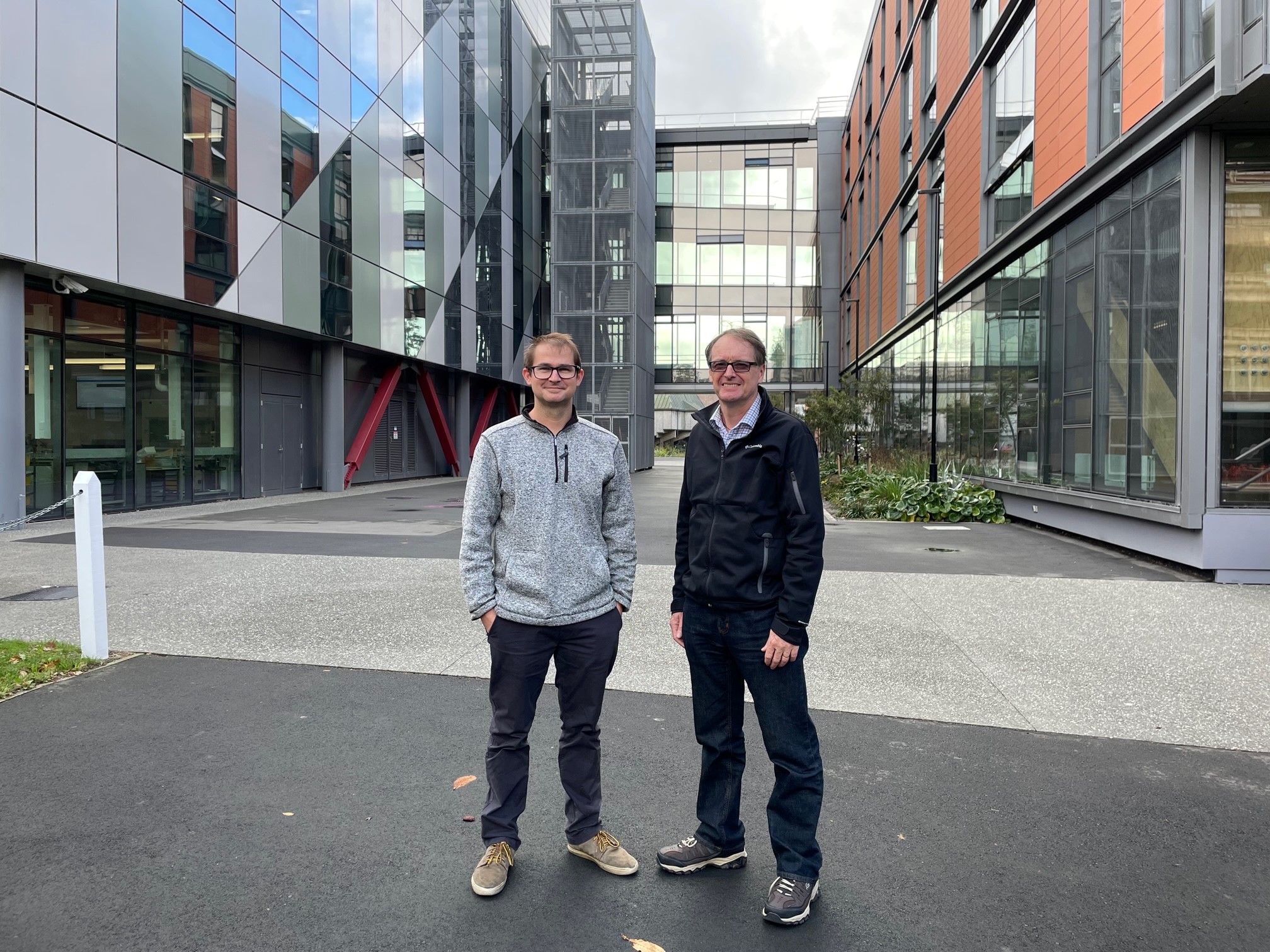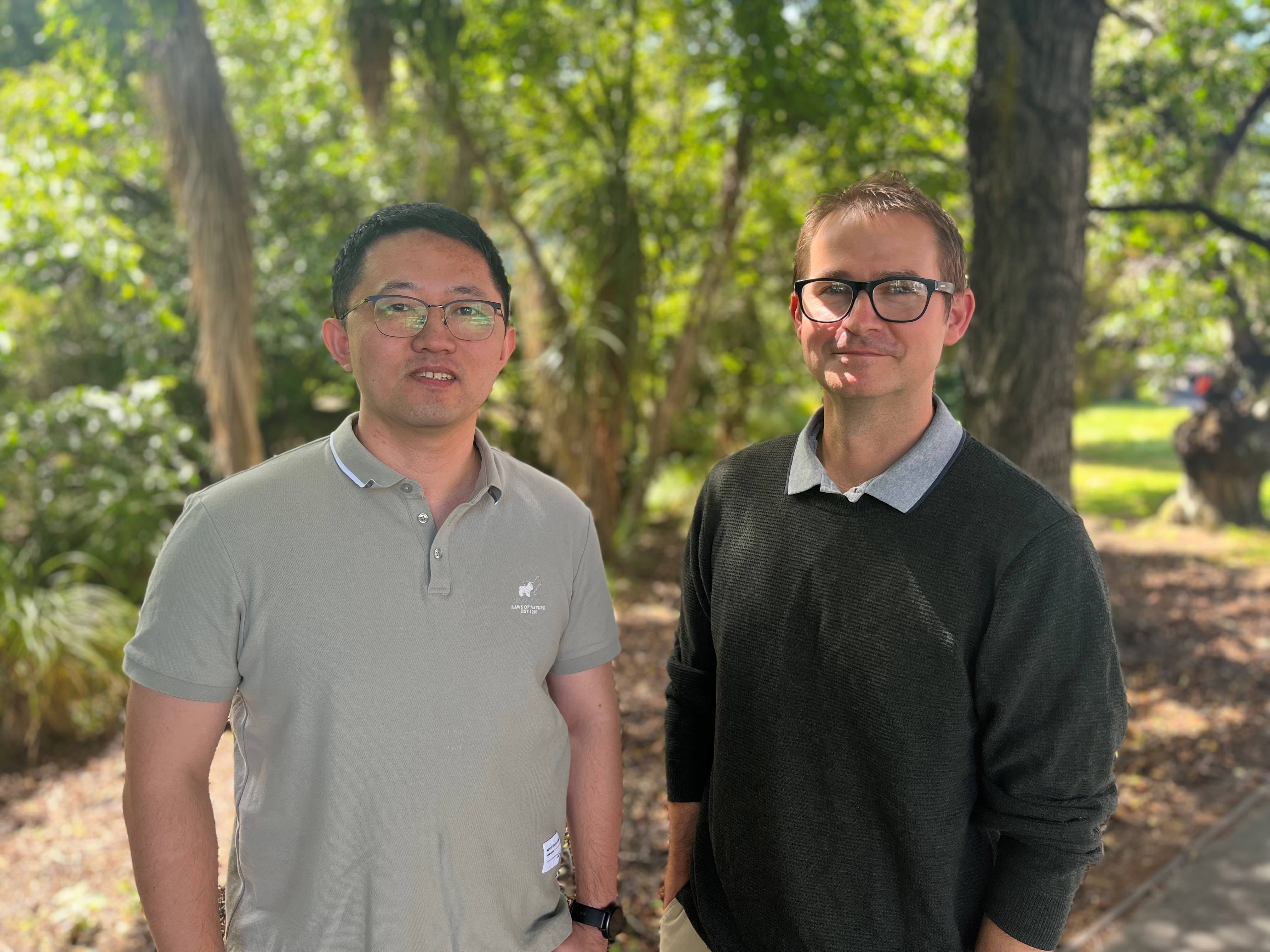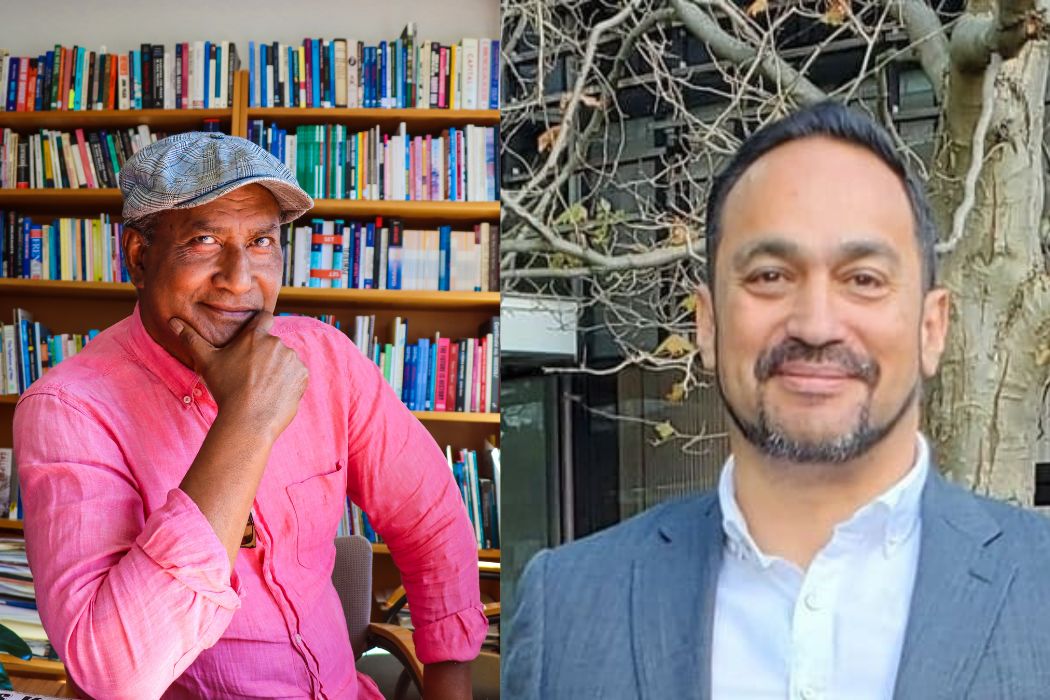As part of a NIWA-led project aimed at developing new generation sustainable trawl gear, UC Master of Engineering student Stefano Barfucci has been exploring innovative ways to allow undersized juvenile fish to escape directly from the trawl net.
“I explored a number of different designs as part of this research, using 3D printing and laser cutting equipment at UC’s Department of Mechanical Engineering. I was also able to test some of the concepts within a flume tank at the university to simulate ocean conditions.”
The most promising concept was inspired by a cage system devised by Napier fisher Karl Warr. Stefano further refined that system to develop a practical lightweight prototype that can be fitted to traditional mesh netting. It uses flexible panels with rigid openings sized so that smaller fish can swim out. In tests off Napier, the prototype showed promise in being able to release juvenile gurnard.
While there is one precision fish harvesting system available, it can only be used on large purpose-built vessels; Stefano developed his system for use on any commercial fishing boat. “It is a cost effective, lightweight and robust solution that is easy to use.”
Stefano’s research was supervised by Professor Mark Jermy and Associate Professor Don Clucas, who describe him as an excellent student, dedicated to supporting sustainability in fishing.
“He has come up with a simple piece of equipment that could be easily mass produced and that fishers could use to avoid catching fish that are not required,” says Associate Professor Clucas.
Professor Jermy says the research has been rewarding for all involved: “We’re really happy to be working on ways of reducing by-catch and it has been great to work with the fishing industry and NIWA.”
Unintended bycatch of undersize fish and unwanted species can have a major impact on the sustainability of fish stocks, with discarding of unwanted catch to the sea an issue in many fisheries.











